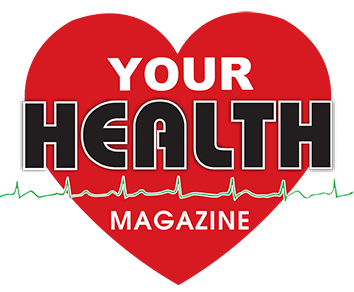
More Chiropractic Care Articles
Pain and Muscle Injuries
The chiropractic profession has a comprehensive post-graduate certification in sports, with the designation of Certified Chiropractic Sports Physician (CCSP). Many chiropractors go on to support and assist at all levels of play: Club, High School, College and professional. Some doctors in our profession specialize in Applied Kinesiology (AK). This is a comprehensive methodology which utilizes many techniques for fixing neuromuscular problems (acute and chronic).
There are approximately 310 muscles in the body and about 12 divisions of muscle systems. When a person comes in with an injury we use manual muscle testing (MMT) as a window into figuring out what the local problem is: neurological and/or proprioceptive. These receptors are found in the joints, ligaments and muscles.
Overuse syndromes are the result of muscle imbalances that occur when continual stress is placed on the muscles. Either you tear the muscle or the nervous system deactivates the muscles through the proprioceptors. This sets you up for an injury.
It is like a circuit breaker. For example, you can stretch a muscle, the neurons still fire, but when you try to actively load or contract the muscle, 100% of the fibers cannot respond. The nervous system resets the load and transfers it over to synergistic muscle to recruit help.
A typical AK session using the MMT and QA (Quintessential Applications) analysis also incorporates any history of past trauma at any point in the history of the patient. Any unresolved trauma may alter how your body adapts to the local injury. We fix this through a technique called injury recall. We then use MMT to challenge and then correct the abnormal joint play, the dysfunctional ligament involvement, neurologically weak supporting muscles, and the relationship between the spinal levels (subluxation) and the motor input into the muscles.
Other reflexes may be part of the pain and dysfunction. When treating and processing healthy muscle function and balance, sometimes other reflexes become painful. These are all treatable areas and are known as: 1) associated muscle acupuncture point, 2) vascular point, 3) lymphatic point, 4) origin and insertion points, and the 5) muscle spindle cells themselves.
Adjunctive therapies are also utilized to achieve lasting results, particularly nutritional therapy. Specifically, we work to balance the essential fatty acids (Omega 3 and Omega 6) to help lower inflammation. This can be demonstrated with blood work. We also use cold laser therapy (Erchonia) for up-regulating the associated neurological and acupuncture points, and soft tissue mobilization techniques for effective myofascial remodeling and firing (Graston technique).

















